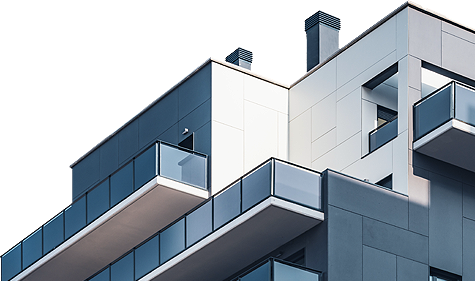Finding The Best
Construction Services
Contact Us
-

-

Working Hrs : 8.00am to 6.00pm

